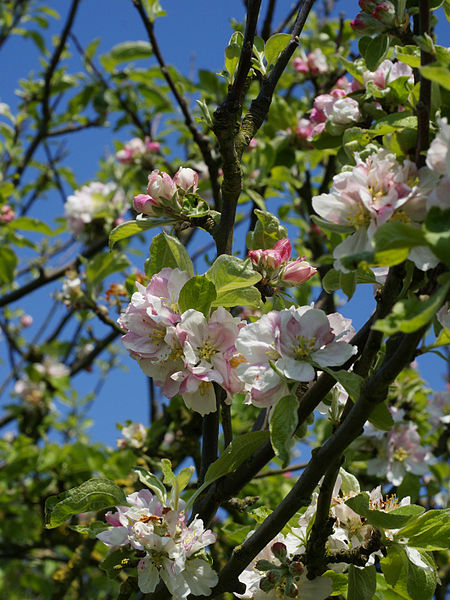
Evolution of flowers
Flowering plants have been growing on land for at least 475 million years, and have gone through changes that have allowed them to perfect the way the grow, get nutrients, protect themselves, and reproduce, please continue to read on, and find out about the evolutionary history of flowers!
We wont go all the way back to the origins of flowering plants, so instead, we’ll pick up from the point when they first found their feet on land ; 475 million years ago.
From new beginnings:
Flowers on land generally grew in close proximity to water, as they required much greater quantities of water to survive back then, and because there was no such thing as bees , wasps, or butterflies back then, they instead used to make living cells similar to sperm cells that animals create, to swim through water and find female flowers to pollinate – it is this discovery that led scientists to believe that plants were once a lot more like animals back then than they are now.

Spores:
Around 20 million years later, still without the insects modern plants use now to help them reproduce, flowers needed to find some way of moving their offspring to a location with more nutrients and water, after all , they couldn’t stay in the same place forever, so eventually, instead of sperm like moving cells, flowering plants developed organs which created spores – tiny granules of reproductive material that contained the plants genetic material, and when caught on the wind, would hopefully make it to a new suitable location, where the spores could then start to grow into another plant. It was during this period in plant life evolution when plants started to quickly spread unopposed, across the earth.
Introduction of insects and the use of seeds
Once complex insects started to roam the earth, plants then started to evolve along side them , taking advantage of the fact that insects could move and fly, as long as the flowers could get their pollen onto the insect in some way, and make themselves appealing to insects, they started to develop, that’s right, flowers. Bright, colourful, sweetly scented modified leaves that often contained nectar which the insect would find appetising , however, in doing so, they would also get the flowers pollen on them,and over millions of years, plants and animals developed a symbiosis, which continues to thrive today.
As you can see, we owe ALOT to plants, after all, it’s because of them that we can thrive on earth, breathing in the oxygen that they create through photosynthesis, and it is also this process that removes the harmful to animals carbon dioxide. they are also imperative to our diet. And above all, flowering plants look nice.

